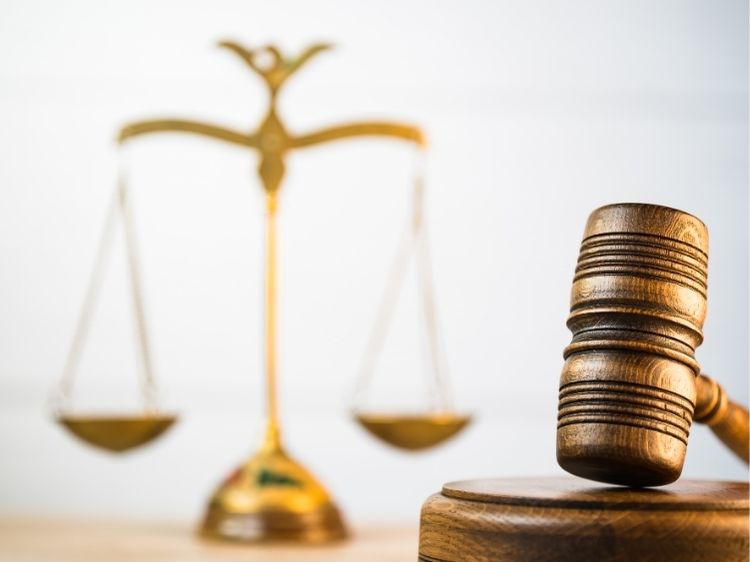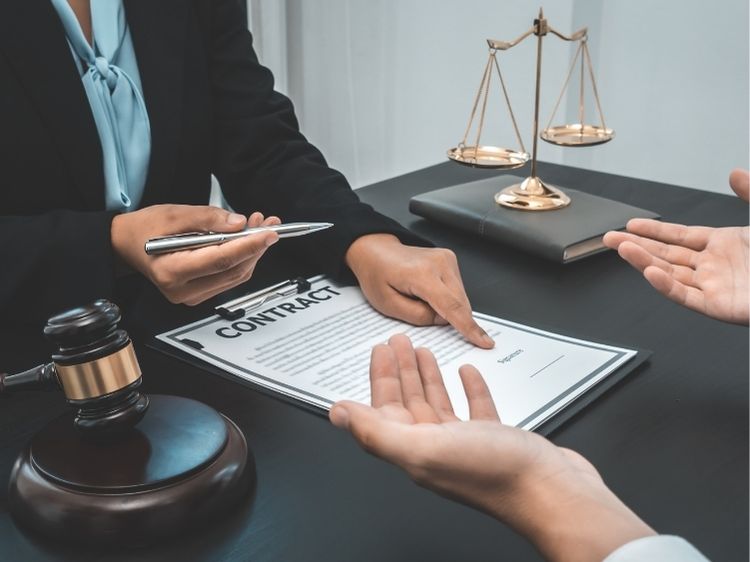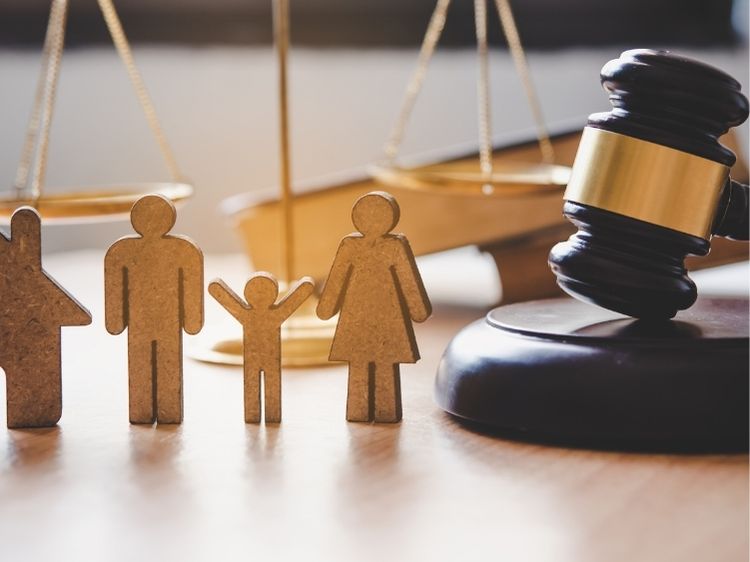When it comes to legal matters, especially in civil cases, the terms liability and negligence are thrown around a lot. These two concepts form the foundation of many lawsuits, but they are not the same. Understanding the distinction is crucial, whether you’re a business owner, a property manager, or just an average person trying to navigate life’s risks. So, what’s the deal with liability and negligence? And how do they impact you in day-to-day scenarios? Let’s dive in to clear things up.
What is Liability?
At its core, liability refers to being legally responsible for something. This could range from a broken contract to an accident caused by a faulty product. Liability typically comes into play when someone is held accountable for harm or damage, either to another person or property. It doesn’t necessarily mean the responsible party intended harm, but they are still on the hook for the consequences.
For instance, if you own a business and a customer slips on a wet floor, you could be liable for their injuries, even if you didn’t personally mop the floor. It’s the idea that someone can be responsible for the outcome, even if they weren’t directly involved in the act.
Types of liability include:
- Strict liability: When someone is liable regardless of fault. This is common in product liability cases where a manufacturer is held responsible for defective products.
- Vicarious liability: This occurs when one person is held liable for the actions of another, such as an employer being responsible for an employee’s actions on the job.
- Contractual liability: This arises when someone fails to fulfill the terms of a contract, resulting in harm or loss to another party.
Negligence Explained
Now, let’s talk about negligence. While liability concerns responsibility, negligence deals with the failure to exercise a reasonable level of care. It’s the idea that someone didn’t act as cautiously as they should have, leading to an accident or harm. To be found negligent, a few factors must be established:
- Duty of care: The individual or entity had a duty to act with care toward others.
- Breach of duty: They failed to uphold that duty.
- Causation: The breach directly caused harm.
- Damages: The harmed party suffered actual losses or injuries.
Negligence often comes down to what a reasonable person would have done in the same situation. If you’re driving down the street and speed through a red light, crashing into another vehicle, you’ve breached your duty of care to other drivers. That’s negligence.
Some common types of negligence include:
- Gross negligence: A serious disregard for the safety of others.
- Contributory negligence: When the injured party is partially to blame for their own harm.
- Comparative negligence: A legal doctrine where the fault is divided between the parties based on the degree of negligence.
The Relationship Between Liability and Negligence
Liability and negligence often go hand in hand. In many cases, negligence leads to liability. For example, if you fail to maintain safe conditions on your property and someone gets injured, you could be held liable for their injuries due to your negligence. However, it’s also possible to be liable without being negligent, especially under strict liability laws.
So, how do these concepts work in real life? Consider this:
- If a business knowingly leaves a spill unattended for hours, and someone slips and falls, that business can be found liable due to its negligence.
- On the other hand, if a product defect causes harm, the manufacturer may be liable even if they took every possible precaution. This would fall under strict liability, where negligence isn’t required.
Legal Consequences of Liability and Negligence
Both liability and negligence can lead to legal repercussions, often in the form of lawsuits. If you’re found liable for someone’s injuries or damages, you may be required to pay compensatory damages to cover their medical bills, property repairs, or lost wages. In cases of extreme negligence, punitive damages may also be awarded as a way to punish the offender.
Here’s how these legal consequences break down:
- Compensatory damages: These cover the victim’s actual losses, including medical expenses, lost income, and property damage.
- Punitive damages: These are awarded in cases of gross negligence or malicious intent, meant to serve as a punishment and deter similar behavior.
- Settlement agreements: In many cases, parties reach a settlement out of court to avoid lengthy and expensive litigation.
Common Scenarios Involving Liability and Negligence
Workplace Accidents
Employers are responsible for ensuring a safe work environment. If an employee gets hurt due to unsafe working conditions, the employer can be held liable. If the employer’s negligence is proven, such as ignoring safety protocols, the case becomes even stronger.
Motor Vehicle Accidents
Negligent drivers who fail to follow traffic rules, like speeding or texting while driving, can be held liable for accidents they cause. In most cases, both negligence and liability are clearly at play.
Medical Malpractice
Doctors and medical professionals have a duty of care to their patients. If they fail to meet that standard through negligence, they can be held liable for any harm caused. Medical malpractice suits often hinge on proving that negligence occurred.
How to Minimize Liability Risks
Nobody wants to be on the wrong end of a lawsuit, right? Here are a few practical steps to reduce your liability risks:
- Document everything: Whether you run a business or own property, keeping a clear record of maintenance, safety checks, and incident reports can help protect you.
- Follow industry regulations: Compliance with local and federal laws can shield you from liability in many cases.
- Carry adequate insurance: Liability insurance, whether personal or business, can help cover legal costs and damages if you’re ever found liable.
FAQs About Liability and Negligence
Q: What’s the difference between negligence and liability?
A: Negligence refers to a failure to exercise care, while liability is about being legally responsible for the resulting harm. You can be liable without being negligent, especially in strict liability cases.
Q: Can you be found liable even if you weren’t negligent?
A: Yes, in cases of strict liability, a person or entity can be held accountable regardless of fault or negligence.
Q: How can I protect myself from being sued for negligence?
A: Follow safety protocols, maintain thorough records, and carry liability insurance. These steps can minimize your risks.
Q: What’s the difference between gross negligence and ordinary negligence?
A: Ordinary negligence is failing to take reasonable care, while gross negligence involves extreme carelessness or reckless disregard for others’ safety.
Conclusion
Liability and negligence are critical concepts in the legal world, impacting everything from workplace safety to medical malpractice. Understanding the difference and knowing how they intertwine can help you stay on the right side of the law—and out of the courtroom. By taking proper precautions and staying informed, you can reduce your liability risks and navigate these murky waters with confidence.
Authoritative Links
- www.law.cornell.edu/wex/negligence
- www.findlaw.com/injury/accident-injury-law/understanding-negligence-and-liability.html
- www.nolo.com/legal-encyclopedia/liability-negligence



